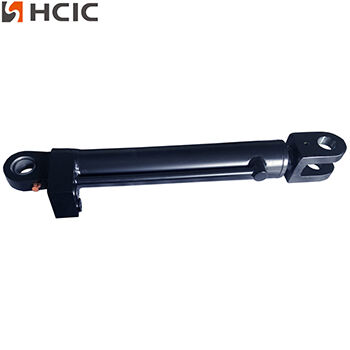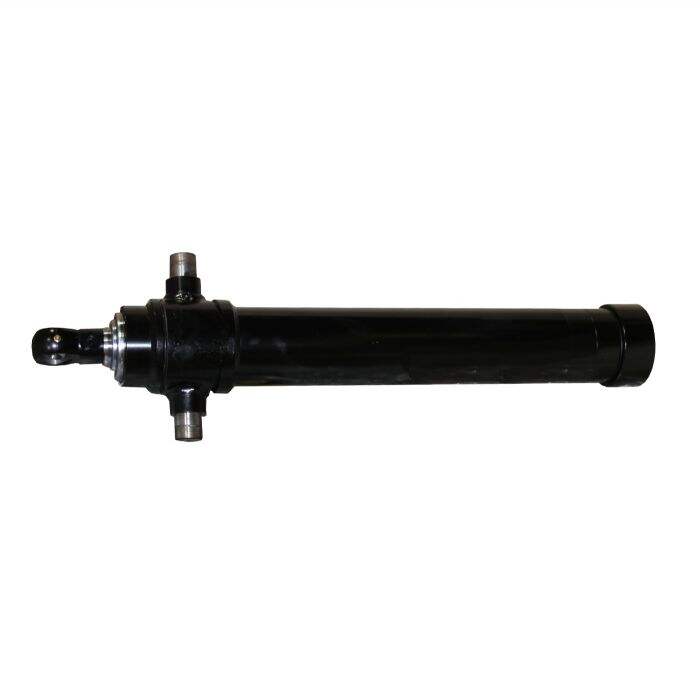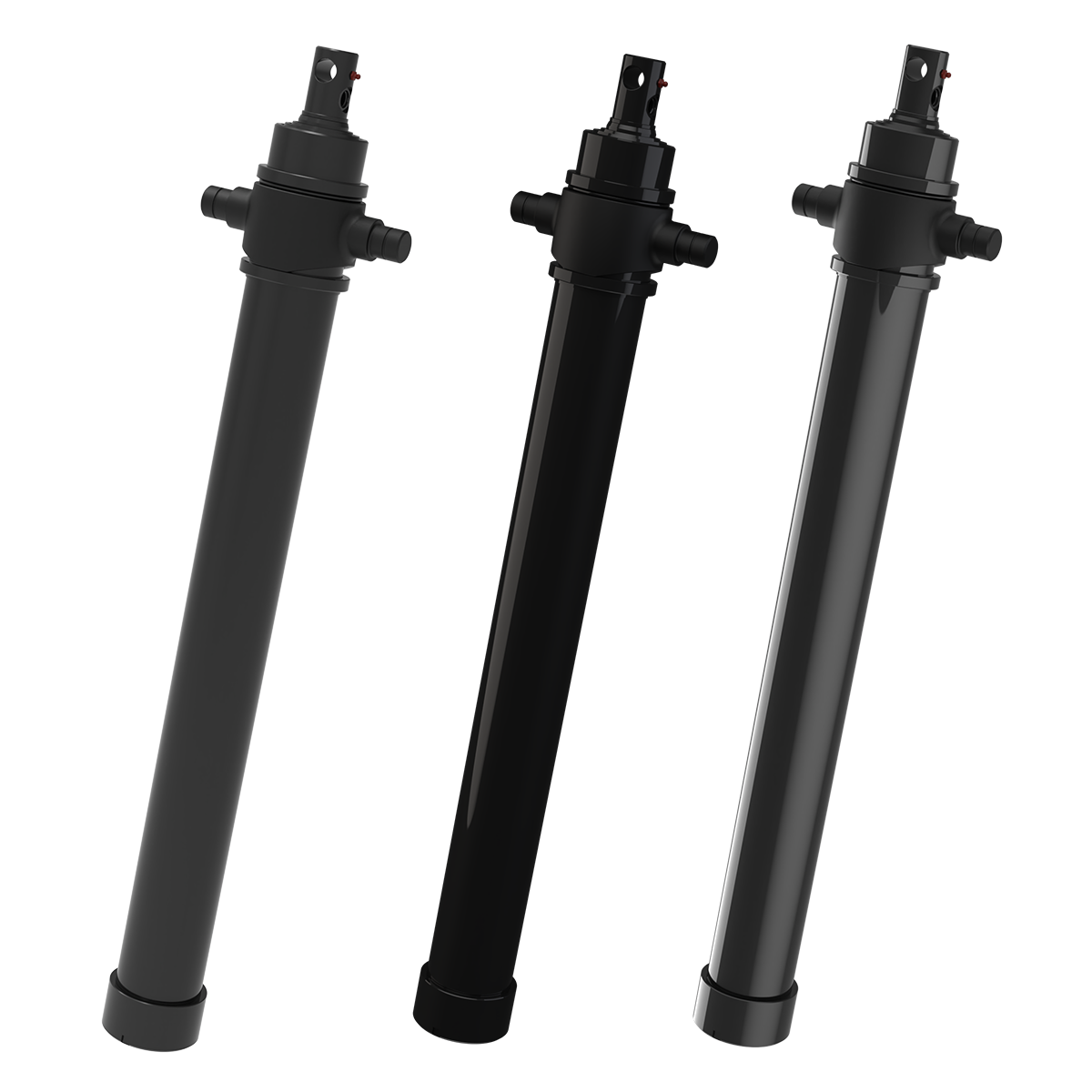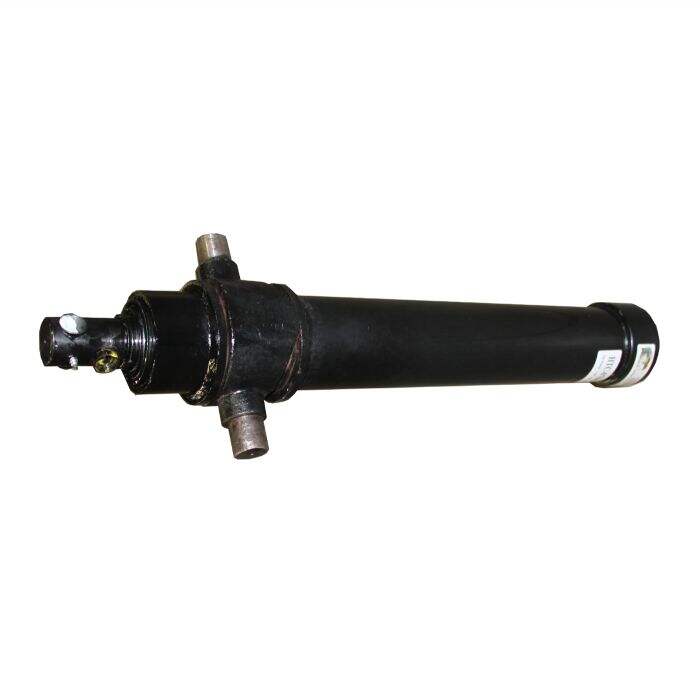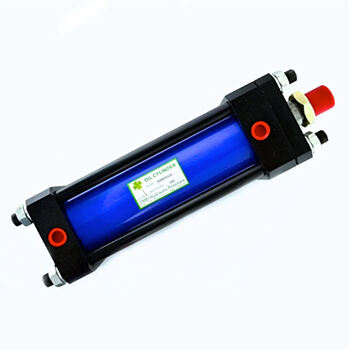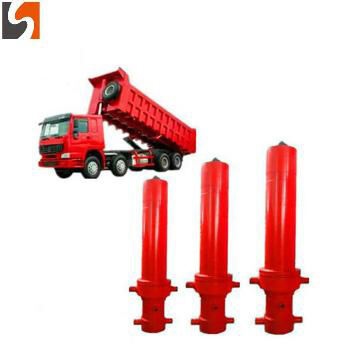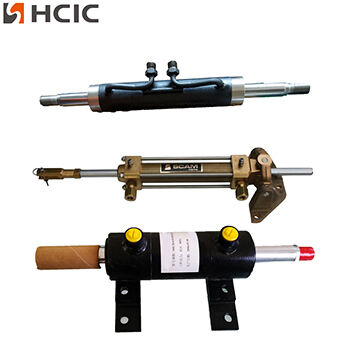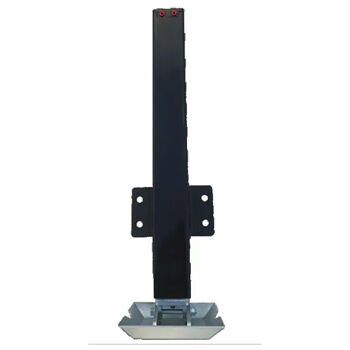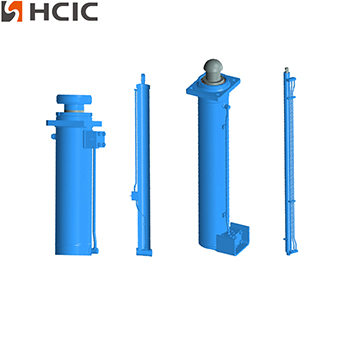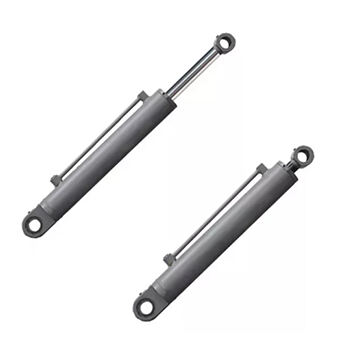How Temperature Affects Hydraulic Cylinders Protecting Hydraulic Systems from Extreme Temperatures
Sep 27, 2024
Temperature extremes can significantly impact the performance and longevity of hydraulic cylinders. Understanding these effects and implementing protective measures is crucial for maintaining efficient and reliable hydraulic systems.Extreme temperatures drastically reduce the lifespan of hydraulic systems and impede their effective functioning. To protect hydraulic cylinders and other system components from damage, it is essential to be mindful of the effect of temperature on the viscosity of the hydraulic fluid.
Temperature extremes may cause decreasing or total lack of cylinder capability, malfunctioning components, and ultimately damage the system, resulting in unavoidable hydraulic repairs.
Effects of Temperature on Hydraulic Cylinders
High Temperatures
1. Reduced Fluid Viscosity: High temperatures can cause hydraulic fluid to become too thin, compromising its ability to lubricate components effectively. This can lead to increased wear and potential system failure .
2. Seal Degradation: Excessive heat can cause seals to lose flexibility, leading to leaks and system contamination. Seals may also become brittle and crack under high temperatures .
3. Component Expansion: Heat causes materials to expand, which can alter tolerances and cause premature wear or binding of components .
4. Increased Oxidation: High temperatures accelerate the oxidation of hydraulic fluid, producing undesirable byproducts that can contaminate the system and reduce efficiency¹.
Low Temperatures
1. Increased Fluid Viscosity: Cold temperatures thicken hydraulic fluid, making it harder for the system to pump and reducing responsiveness. This can strain the pump and other components .
2. Seal Brittleness: Seals and hoses can harden and crack in cold temperatures, increasing the risk of leaks and system failure .
3. Sluggish Performance: Hydraulic systems may respond more slowly in cold environments, making precise operations difficult .
4. Condensation and Corrosion: Low temperatures can lead to condensation inside the cylinder, causing corrosion and moisture buildup, which can block valves and reduce system effectiveness¹.
Protective Measures for Extreme Temperatures
High-Temperature Protection
1. Use Heat Shields and Reflective Wraps: These can help protect hydraulic components from direct heat sources and reduce the overall temperature of the system .
2. Install Cooling Systems: Use fans, radiators, or other cooling systems to dissipate heat and maintain optimal operating temperatures .
3. Regular Maintenance: Perform regular inspections and maintenance to identify and address any signs of heat-related wear or damage .
4. Monitor Fluid Levels and Quality: Ensure hydraulic fluid is at the correct level and replace it regularly to prevent oxidation and contamination¹.
Low-Temperature Protection
1. Use Cylinder Warmers or Enclosure Heaters: These devices help maintain a baseline operating temperature, preventing fluid from thickening and seals from becoming brittle .
2. Store Equipment Indoors: Whenever possible, store hydraulic equipment in a temperature-controlled environment to protect it from extreme cold.
3. Use Low-Temperature Hydraulic Fluid: Switch to a hydraulic fluid designed for low temperatures to ensure it remains fluid and effective in cold conditions.
4. Regularly Inspect Seals and Hoses: Check for signs of brittleness or cracking and replace any damaged components promptly .
Monitoring and Maintenance
1. Install Temperature Sensors: Use sensors to monitor the temperature of hydraulic fluid and cylinder components. This provides real-time feedback and allows for adjustments before temperatures reach critical levels.
2. Perform Regular Inspections: Regularly check all components for signs of wear, leaks, or damage that could be exacerbated by temperature fluctuations.
3. Environmental Controls: If possible, control the environment where the machinery operates. Enclosures can shield machinery from direct sunlight or extreme cold, and indoor climate control can create a stable operating temperature.
By understanding how temperature affects hydraulic cylinders and taking steps to mitigate these effects, you can ensure the reliability and longevity of your hydraulic systems.

 EN
EN
 AR
AR
 BG
BG
 HR
HR
 CS
CS
 DA
DA
 NL
NL
 FI
FI
 FR
FR
 DE
DE
 EL
EL
 HI
HI
 IT
IT
 JA
JA
 KO
KO
 NO
NO
 PL
PL
 PT
PT
 RO
RO
 RU
RU
 ES
ES
 SV
SV
 CA
CA
 TL
TL
 IW
IW
 ID
ID
 LV
LV
 LT
LT
 SR
SR
 SK
SK
 UK
UK
 VI
VI
 HU
HU
 TH
TH
 TR
TR
 FA
FA
 MS
MS
 GA
GA
 CY
CY
 KA
KA

